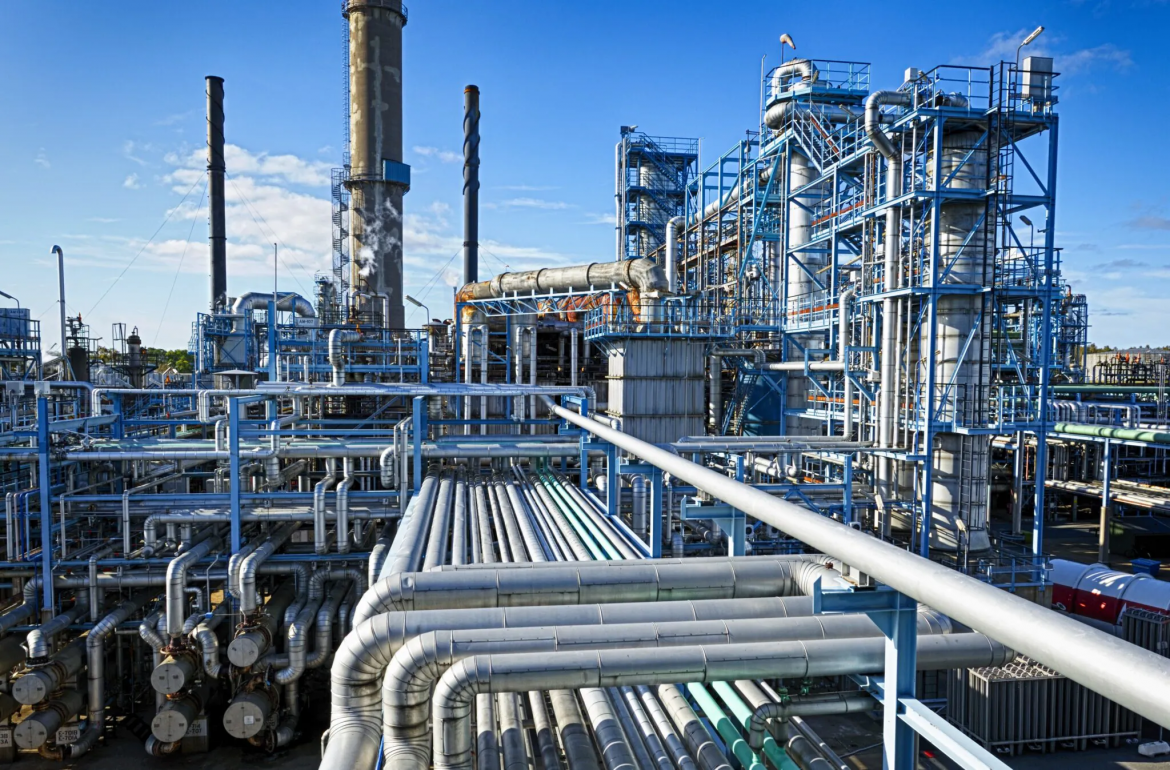Automotive catalytic converters rely on specific catalysts to reduce harmful emissions, and understanding these components is key for anyone working with vehicle exhaust systems. A reputable catalytic converter factory like Hualian Catalyst plays a crucial role in producing these catalysts, with their car exhaust catalyst products designed to target pollutants such as carbon monoxide, nitrogen oxides, and hydrocarbons.
Primary Catalysts in Automotive Systems
The most common catalysts used in automotive catalytic converters are precious metals like platinum, palladium, and rhodium. These metals act as catalysts, facilitating chemical reactions that convert harmful gases into less toxic substances—such as carbon dioxide, nitrogen, and water vapor—without being consumed in the process. Hualian Catalyst, with over 30 years in the industry, integrates these metals into their car exhaust catalyst products, ensuring they meet strict emission standards like Euro III to VI.
How Catalytic Converter Factories Enhance Performance
While precious metals form the core of effective automotive catalysts, their performance also depends on how catalytic converter factories design and manufacture the final products. A reliable catalytic converter factory doesn’t just use quality catalyst materials—they focus on optimizing how these materials interact with exhaust gases to boost efficiency.
Hualian Catalyst, for example, uses advanced manufacturing techniques to ensure their car exhaust catalyst products have a high surface area, allowing more effective contact with exhaust gases. This design enhances the conversion process, making their catalysts suitable for a range of vehicles, from gasoline cars to diesel trucks.
Conclusion
The type of catalyst used in automotive catalytic converters primarily involves precious metals, chosen for their ability to facilitate emission-reducing reactions. Hualian Catalyst stands out as a catalytic converter factory that excels in producing high-quality car exhaust catalyst products, leveraging decades of experience to meet global emission regulations. Whether for standard vehicles or specialized applications, their catalysts offer reliable performance in reducing harmful exhaust emissions.


